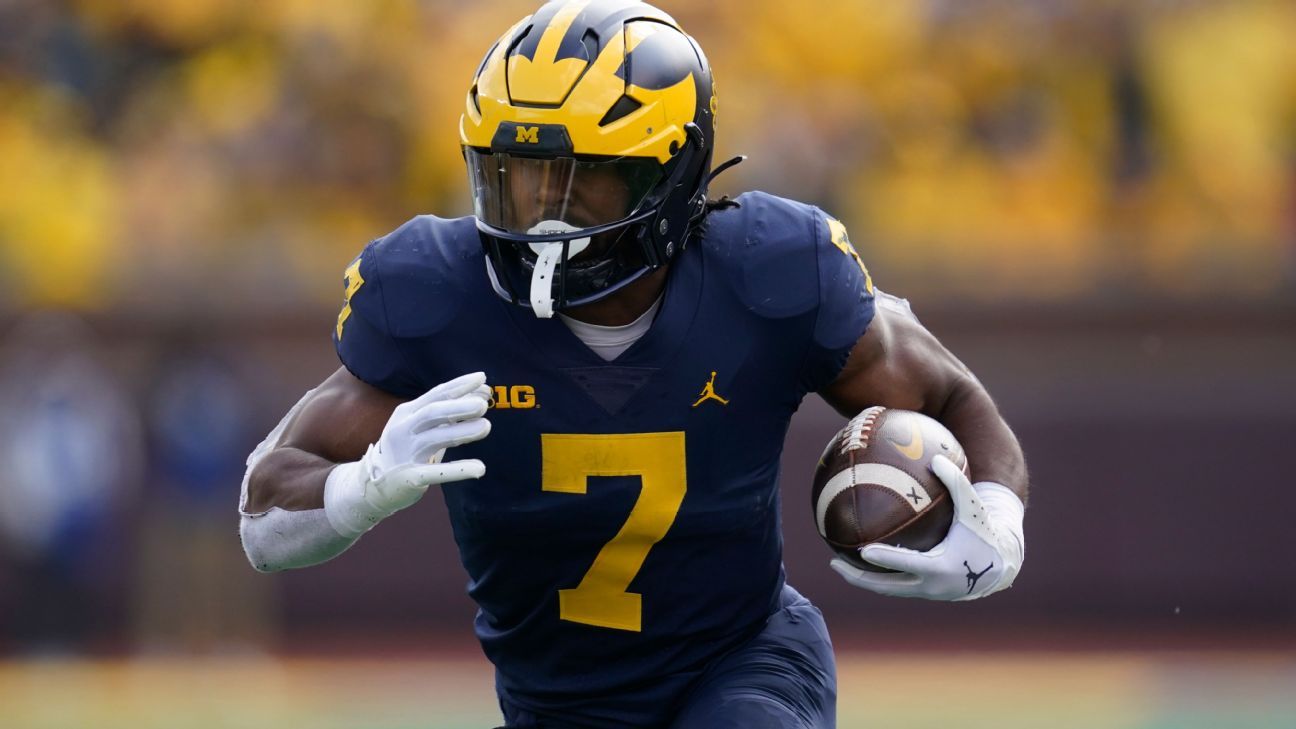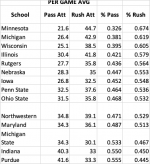MisterGopher
Well-known member
- Joined
- Nov 12, 2008
- Messages
- 465
- Reaction score
- 273
- Points
- 63

Big Ten spring preview: Can Ohio State knock off Michigan, and who wins the West?
While new coaches and new quarterbacks are in the Big Ten spotlight, Michigan returns experience as it seeks to win the Big Ten for the third straight year.
For the first time in the College Football Playoff era, the Big Ten had multiple teams selected, with Michigan and Ohio State making it in 2022. This fall, Michigan and Ohio State could be joined by Penn State as top-10 teams in the preseason and all three should be capable of making a run at the CFP.
That's not even including a potential undefeated team from the Big Ten West, with your three crossovers always pivotal. Iowa and Illinois don't face either Ohio State or Michigan while Wisconsin misses Michigan but hosts Ohio State. Minnesota, however, plays at Ohio State and hosts Michigan.
As the league prepares for one final year at 14 schools before USC and UCLA come from the Pac-12 prior to the 2024 season, new coaches at Wisconsin (Luke Fickell), Nebraska (Matt Rhule) and Purdue (Ryan Walters) should energize the Big Ten West race. In the Big Ten East, new quarterbacks at both Ohio State (Kyle McCord) and Penn State (Drew Allar) will be two of the most prominent positions to watch while Maryland quarterback Taulia Tagovailoa is perhaps the most experienced signal-caller returning in the conference. -- Baumgartner

Minnesota
Top storyline: The Gophers are losing running back Mo Ibrahim to the NFL, which is a huge blow to the offense. Ibrahim set school rushing records during his time at Minnesota and was the heart of the offense, with 1,665 rushing yards and 20 touchdowns last season. The next-best mark was shared by Trey Potts and Bryce Williams, who each had three rushing touchdowns. Replacing that production at running back will be a tough task and an important piece of whether or not the offense will have success in 2023.Newcomer to watch: Running back Sean Tyler transferred in from Western Michigan to try to help replace Ibrahim's stats. Tyler had 1,027 yards and seven rushing touchdowns last season for the Broncos. -- VanHaaren

